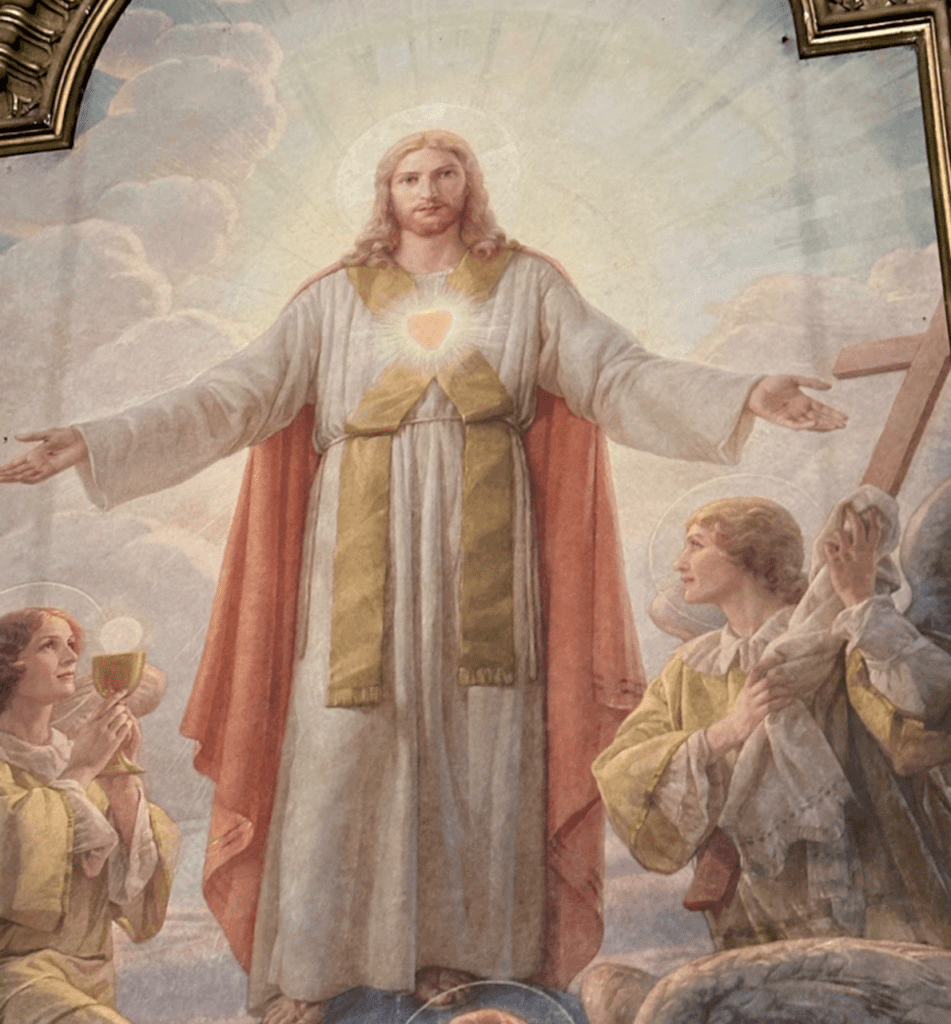Question of the Week
What significance does our Lord’s Resurrection have in your life?
Alleluia! The Lord Is Risen! He Is Truly Risen! Alleluia!
This Sunday is the summit of our liturgical year, from which all other Sundays derive their meaning and Light! It is the “Son’s Day,” the day our Lord rose out of the darkness of Sheol (Hell), opened the Gates of Heaven (Paradise), and emptied the tomb which, like a womb, had enclosed him. (This gives us insight into his Virgin Birth from the womb of Mary, but that is another reflection). Jesus revealed the truth of who we are and what it means to be a child of God. We are adopted by God, claimed by God at our Baptism. We die to self and the old way of life and rise made new by the will and grace of God. As we ponder this greatest of all feasts, we see our hope made visible in the Resurrection of Jesus. We are not made for death but for life. Death does not have the final say—God does! Jesus promises us resurrection if we believe in him, hope in him, follow him, grow in love of him, and consume him—eating his Flesh and drinking his Blood as he taught us in John 6. “I am the Bread of Life… whoever eats this Bread will live forever.”
Happy Easter, brothers and sisters! Enjoy this reflection on Baptism by St. Basil:
From On the Holy Spirit by St. Basil, Bishop
By One Death and Resurrection the World Was Saved
When mankind was estranged from him by disobedience, God our Savior made a plan for raising us from our fall and restoring us to friendship with himself. According to this plan Christ came in the flesh, he showed us the gospel way of life, he suffered, died on the cross, was buried and rose from the dead. He did this so that we could be saved by imitation of him, and recover our original status as sons of God by adoption.
To attain holiness, then, we must not only pattern our lives on Christ’s by being gentle, humble, and patient; we must also imitate him in his death. Taking Christ for his model, Paul said that he wanted to become like him in his death in the hope that he too would be raised from death to life.
We imitate Christ’s death by being buried with him in baptism. If we ask what this kind of burial means and what benefit we may hope to derive from it, it means first of all making a complete break with our former way of life, and our Lord himself said that this cannot be done unless a man is born again. In other words, we have to begin a new life, and we cannot do so until our previous life has been brought to an end. When runners reach the turning point on a racecourse, they have to pause briefly before they can go back in the opposite direction. So also when we wish to reverse the direction of our lives there must be a pause, or a death, to mark the end of one life and the beginning of another.
Our descent into hell takes place when we imitate the burial of Christ by our baptism. The bodies of the baptized are in a sense buried in the water as a symbol of their renunciation of the sins of their unregenerate nature. As the Apostle says: The circumcision you have undergone is not an operation performed by human hands, but the complete stripping away of your unregenerate nature. This is the circumcision that Christ gave us, and it is accomplished by our burial with him in baptism. Baptism cleanses the soul from the pollution of worldly thoughts and inclinations: You will wash me, says the psalmist, and I shall be whiter than snow. We receive this saving baptism only once because there was only one death and one resurrection for the salvation of the world, and baptism is its symbol.



